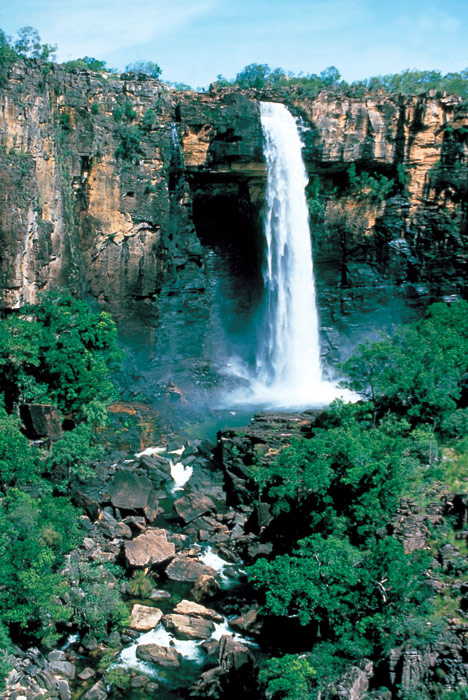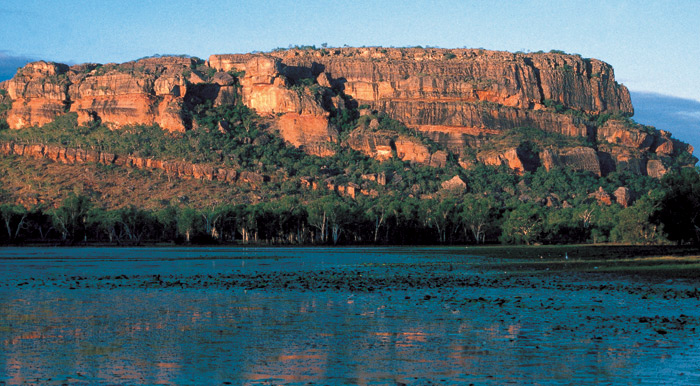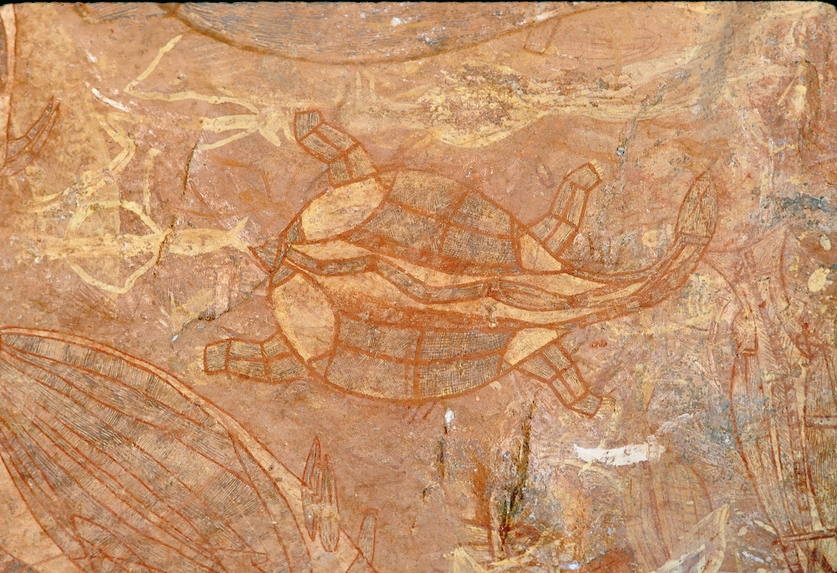Australia’s Unabridged Top End – Kakadu National Park
Located 150 miles east of Darwin in Australia’s tropical north, Kakadu National Park is Australia’s largest terrestrial national park and the world’s second largest national park. Kakadu covers almost 7,600 square miles and is a place of enormous ecological and biological diversity. It extends from the coast and estuaries in the north through floodplains, billabongs and lowlands to rocky ridges and stone country in the south. These landscapes are home to a range of rare and endemic plants and animals, including more than one-third of Australia’s bird species and one-quarter of its freshwater and estuarine fish species.

Apart from being a biodiverse region it is also famous for the richness of its Aboriginal cultural sites scattered throughout the park. There are signs that the aboriginal people have been inhabiting these lands for at least 20,000 and possibly up to 40,000 years!
There are many different aspects of visiting Kakadu can include, but the most important thing is an authentic experience seeing some of these cultural sites. In particular, having access to places within the part are only available to a very select few operators who have a working relationship with aboriginal people.

Other activities in the area can include a Yellow Water cruise and is also a ‘must do’ experience when visiting Kakadu. This beautiful billabong is home to remarkable scenery and wildlife. Enjoy an intimate adventure tour that you will never forget. Your experienced guides provide fascinating insights into how the Bininj people use the flora and fauna to support their way of life and the remarkable life cycle of the region’s most famous wildlife, such as the crocodiles and eagles.

About one third of Australia’s bird species are represented in Kakadu National Park, with at least 60 species found in the wetlands. Whistling Ducks and Magpie Geese are the most abundant. Eagles can be seen hovering searching for prey, and at times you will see distinctive Jabirus and may even get to see Brolgas dancing There are plenty of crocodiles in their natural habitat, and buffalo on the floodplains.
So what are you waiting for?
The best months to visit are during the Dry Season: June-October.

